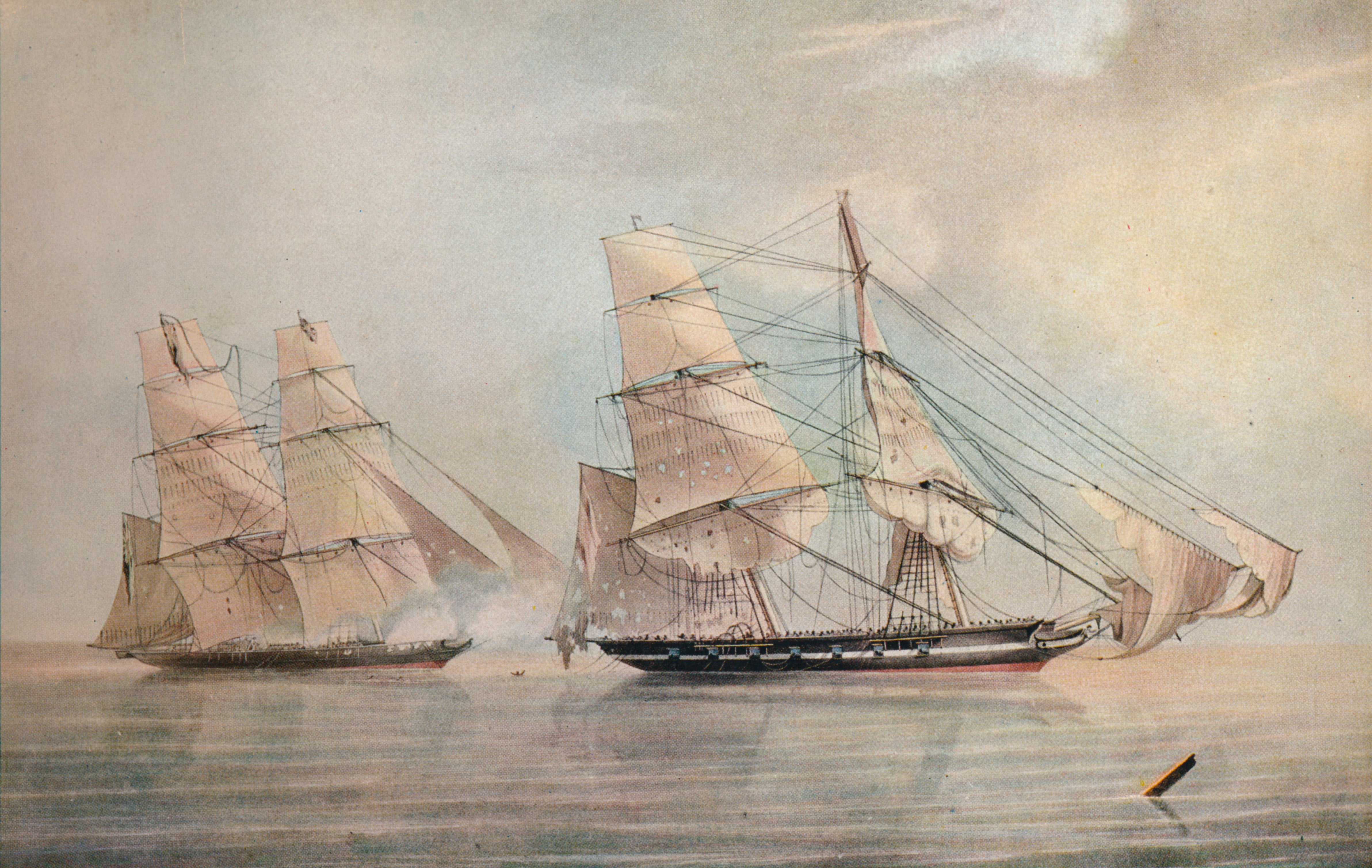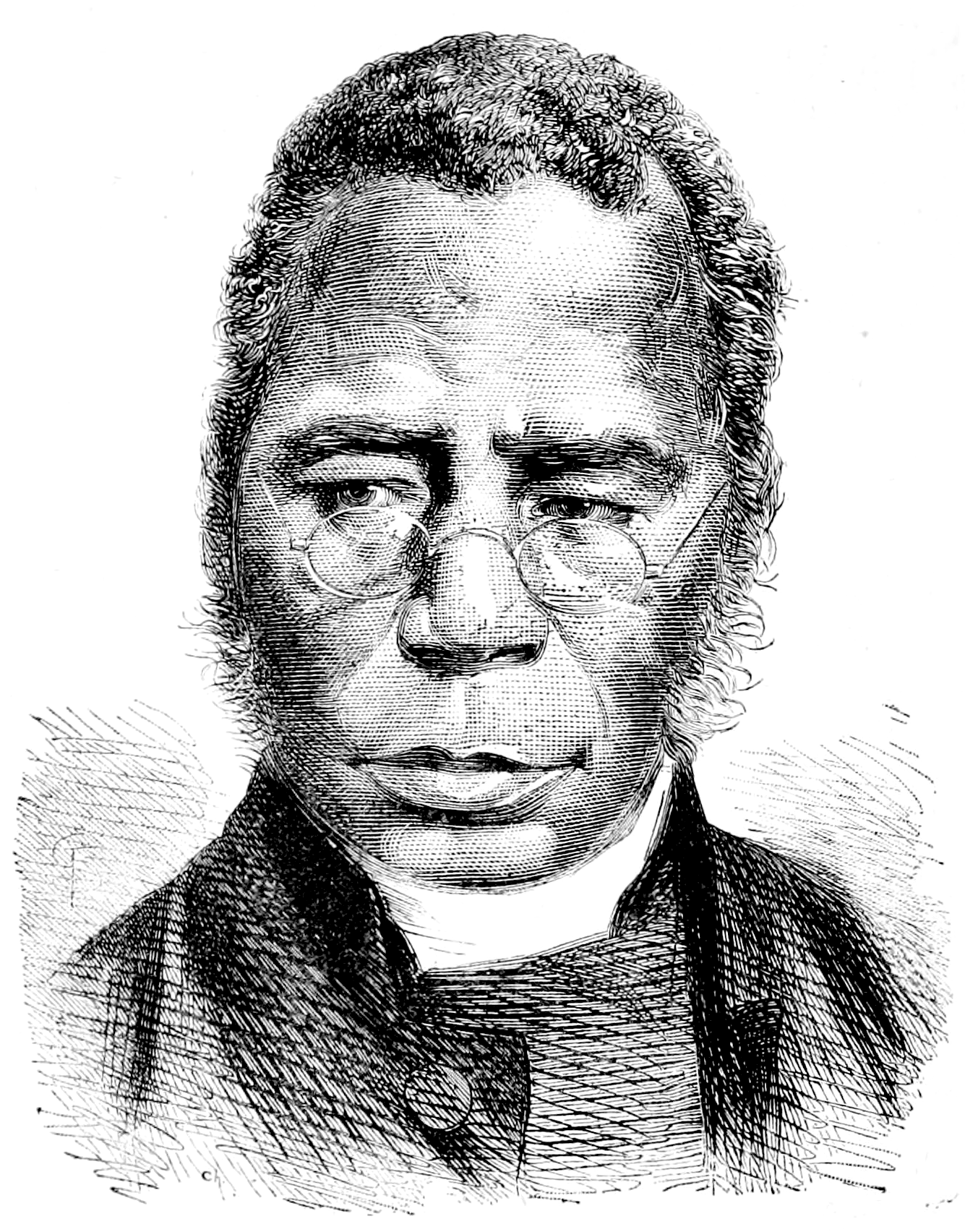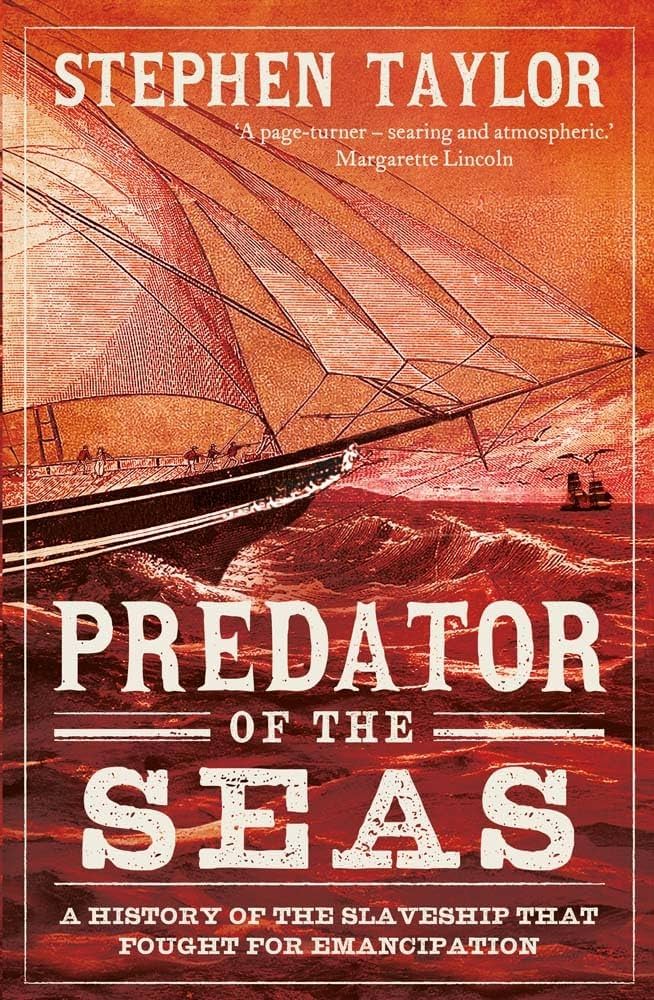Why it is time to honour the forgotten British sailors who fought against the slave trade
As calls grow for the UK to acknowledge its historic role in the transatlantic slave trade, historian Stephen Taylor draws on his new book – ‘Predator of the Seas’ – to shine a light on the extraordinary story of the seafarers who helped rescue thousands of West Africans from a terrible fate

As recent events have shown, the debate about reparations for enslavement will not be going away. At the Commonwealth leaders’ summit in Samoa, Keir Starmer was met with calls by a number of Caribbean countries to pay them compensation for Britain’s historic role in the slave trade.
One aspect is worth examining, however, for the paradoxes it highlights on both sides.
I believe a strong case is to be made for worthy recognition of what was known as the Preventative Squadron, established in 1819 in Sierra Leone to intercept slavers crossing the Atlantic from West Africa. “The White Man’s Grave”, as the cliche had it, made this far and away the most dangerous naval station in the world. In one year, 1829, a quarter of the squadron’s force was carried off, mainly by yellow fever.
As for glory, there was none. Officers and men, many of them veterans of the navy’s triumphant heyday under Nelson, served with all their old diligence and fortitude while being woefully neglected by the Admiralty. At times their lordships in London appeared to regard the campaign as a tiresome drain on resources.
And here lurk some of the paradoxes inherent in all challenging endeavours. For these were men from a seafaring tradition that also embraced the transportation of an estimated 3.4 million African slaves to British territories across the Atlantic.
Britain’s role in the transatlantic slave trade started in 1562, with the country becoming the biggest slave-trading nation in the world by the 1730s. The act of parliament abolishing the slave trade wasn’t passed until 1807.
This country has started to confront its engagement in the darkest trade. Statues of slaveholders and traders such as Robert Milligan and Edward Colston have been toppled and are to be replaced in 2026 with a memorial to the victims of transatlantic slavery at London’s Docklands. Liverpool has an international slavery museum.
Yet the naval campaign to suppress the slave trade has received little attention. This may be because it lasted 60 years, had no flag-waving moment of victory and was always under-resourced and deeply flawed. While French and US slavers – then still vigorously active – were the initial targets, they became exempt under diplomatic treaties and the focus turned to Portugal, Brazil and Spain. By the end, an estimated 160,000 African men, women and children had been rescued.

In attempting to prise a balanced treatment out of this harrowing, blemished campaign, I have focused on the life of a single vessel – an American-made brig called the Henriqueta, which transported more than 3,000 African men, women and children to the hands of her Brazilian owner. Having repeatedly outrun the squadron’s older and tardier naval ships, she was eventually captured and set in pursuit of other slavers.
Renamed the Black Joke, (it is worth pointing out the unusual name has nothing to do with race, rather it is said to be linked to a lurid ballad of 18th century London) she proved that old poachers do indeed make the best gamekeepers. Now flying under the White Ensign, her first capture followed within a week. The next set a benchmark.
A chase through the night brought the ship to another Brazilian brig, Vengador, rescuing 645 African men, women and children – more than from any of the 390 slavers seized in the squadron’s previous 22-year history. That would endure as a chilling record until 1834.
Bloody actions drew public attention, and press acclaim for the Black Joke. Her most renowned feat was boarding and seizing a notorious Spanish vessel, El Almirante, carrying almost 500 slaves after another sustained chase and a broadside battle in which her two guns prevailed against the Spaniard’s 14.
Morale was raised across the squadron. Seafarers formed bonds with ships and as its most successful cruiser, she won the hearts of those who sailed in her. One old hand penned a ballad to “a noble brig, my boys, the Black Joke is her name”.

Amid the accolades over what were – it must be acknowledged – relatively small victories in the objective of suppression, the identities of those at the wheel were ignored.
Many of the Black Joke’s common hands were, in fact, criminals – seamen who had been discarded by the navy in a mass demobilisation after 1815 and had turned to smuggling to escape poverty. They had been offered the option of serving in the navy’s most tormenting campaign rather than transportation.
Even less was known of their black shipmates. Sailors served side-by-side with African mariners of the Kru people – without whom, quite simply, the campaign would have foundered. The Kru were fitter and better able to withstand disease. Francis Collier, the squadron’s commodore at the time, repeatedly pointed this out to the Admiralty in his long-running crusade to secure prize money for them.
A more enduring blind spot for their lordships was the case of setting more thieves to catch other thieves. In turning the Henriqueta into the Black Joke, Collier recognised the superiority of these racers, made in Baltimore, America, to English designs. Not only did the Admiralty reject his urgings, but his successors were ordered not to deploy other captured slave ships. The result was that many found their way back into the hands of traders through third parties.

Britain’s awareness of its own part in evildoing took time to evolve. Although the 1807 Act of Abolition prohibited the trade in British territories, it was only in the 1820s that the emancipation movement gained political momentum, leading to the gradual freeing from 1833 of humans deemed the property of British citizens.
Among them was William Douglas, himself a commissioner of the Admiralty. While the Black Joke was still rescuing African captives, Douglas retained slaving possessions in Tobago.
How we see these matters today can be disputed among ourselves. But we may bear in mind the perspectives of the day. By the time the Black Joke was set on fire at Freetown in 1832 – the Admiralty ruled that her worn timbers were not worth repairing – she had captured 14 slave ships and freed 3,692 captives, more than she had carried into slavery.
Among the innumerable men, women and children who counted themselves blessed to have been resettled in Sierra Leone was a Yoruba boy named Ajayi, seized by Muslim slavers, sold on to African traders at Lagos and rescued from a Portuguese vessel.
Renamed Samuel Crowther, he married, flourished as an Anglican minister and after his consecration as the bishop of West Africa was introduced to Queen Victoria.
Crowther and others resettled in Africa would surely have considered their rescuers as befitting a monument or, at the very least, a plaque. As for reparation, we must ask whether any amends for the crimes of centuries past are feasible.
‘Predator of the Seas: A History of the Slaveship that Fought for Emancipation’ by Stephen Taylor is published by Yale University Press




Join our commenting forum
Join thought-provoking conversations, follow other Independent readers and see their replies
Comments